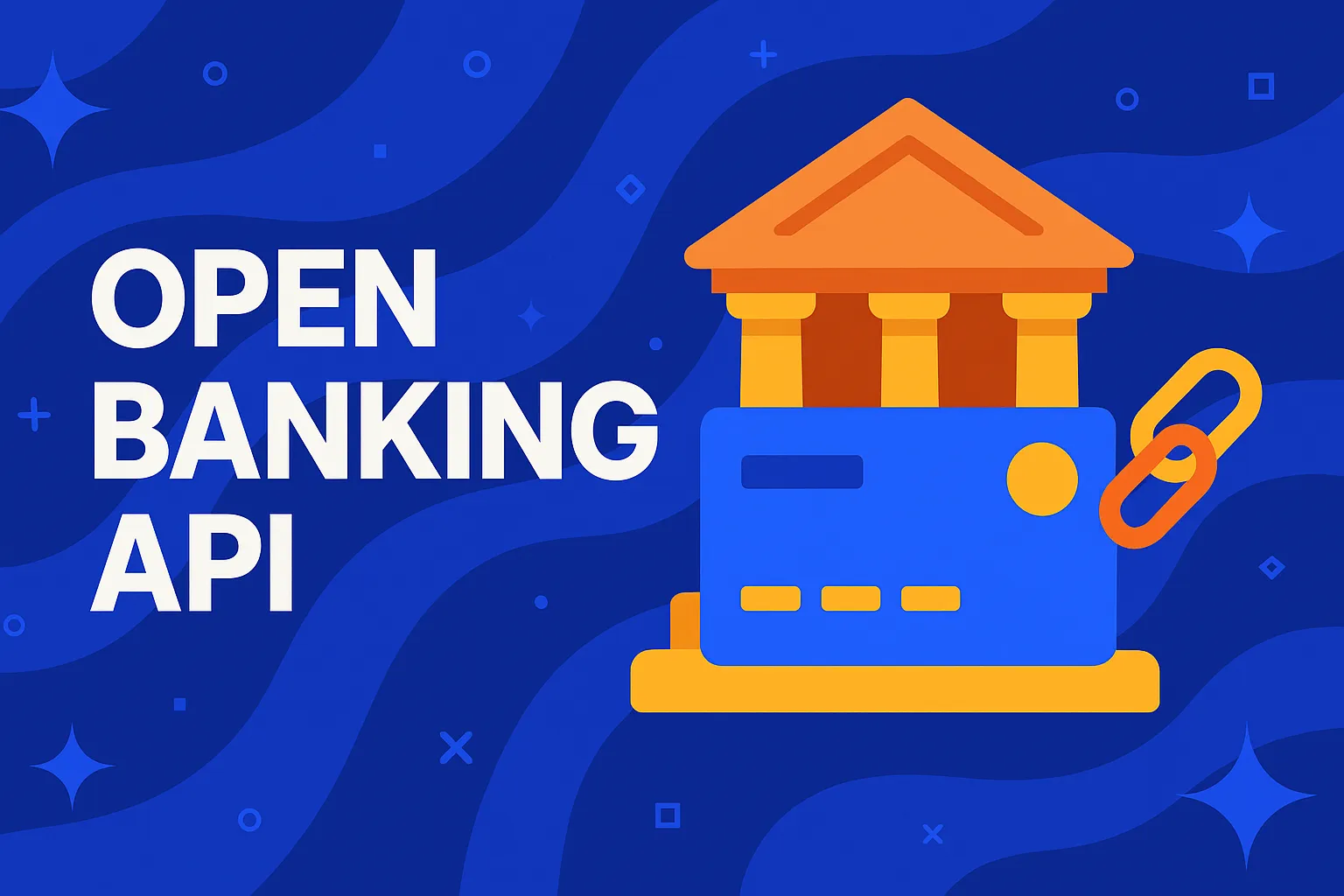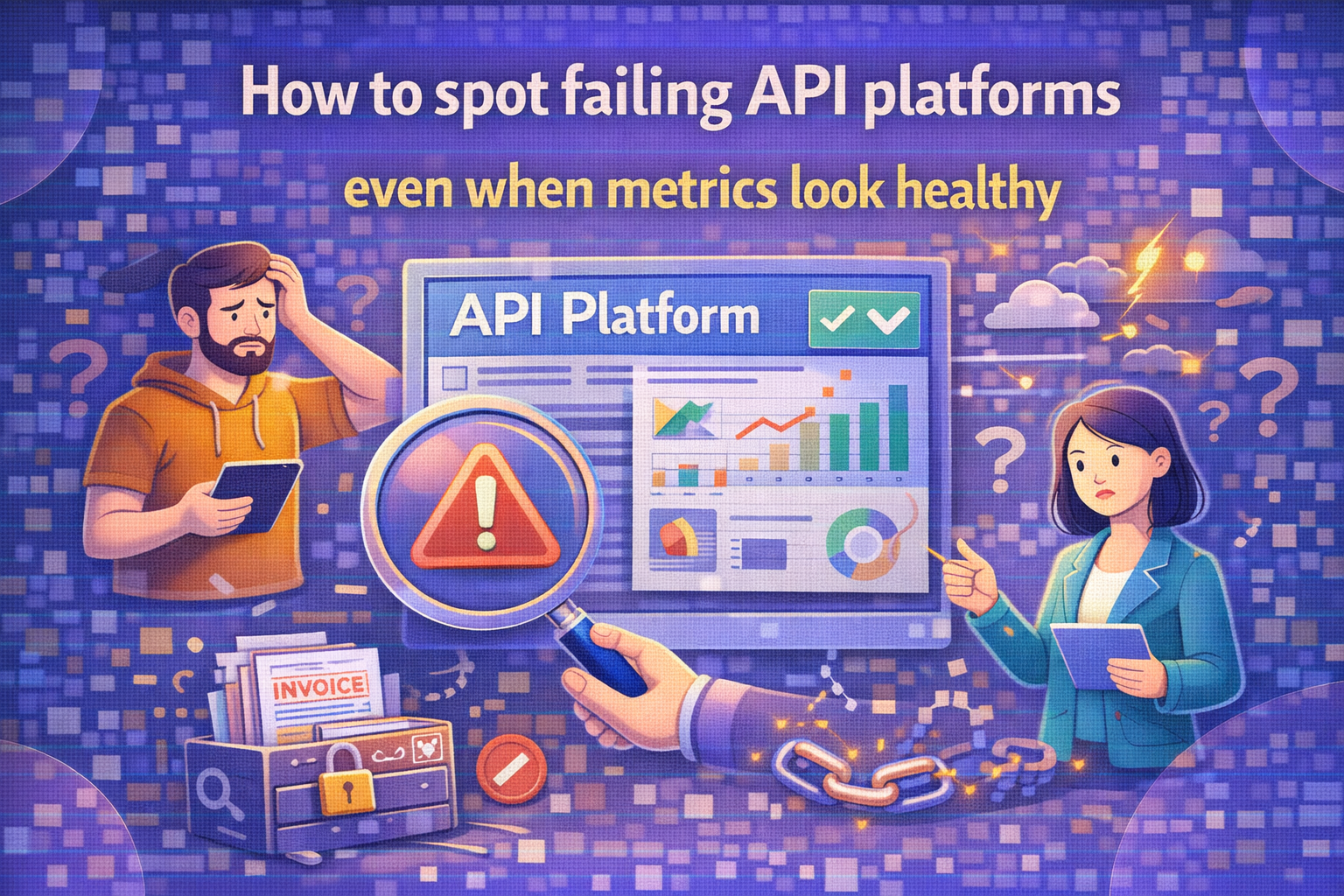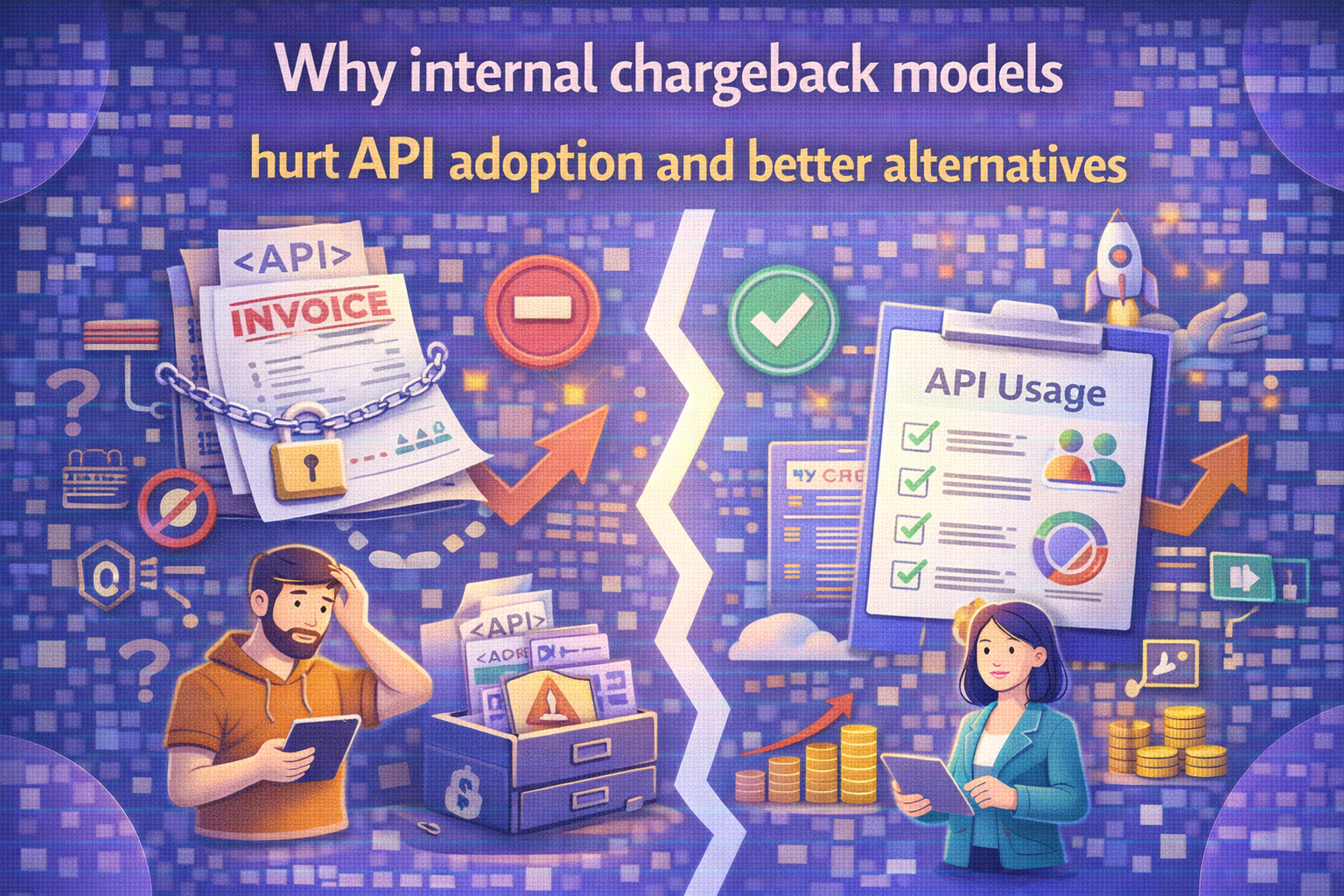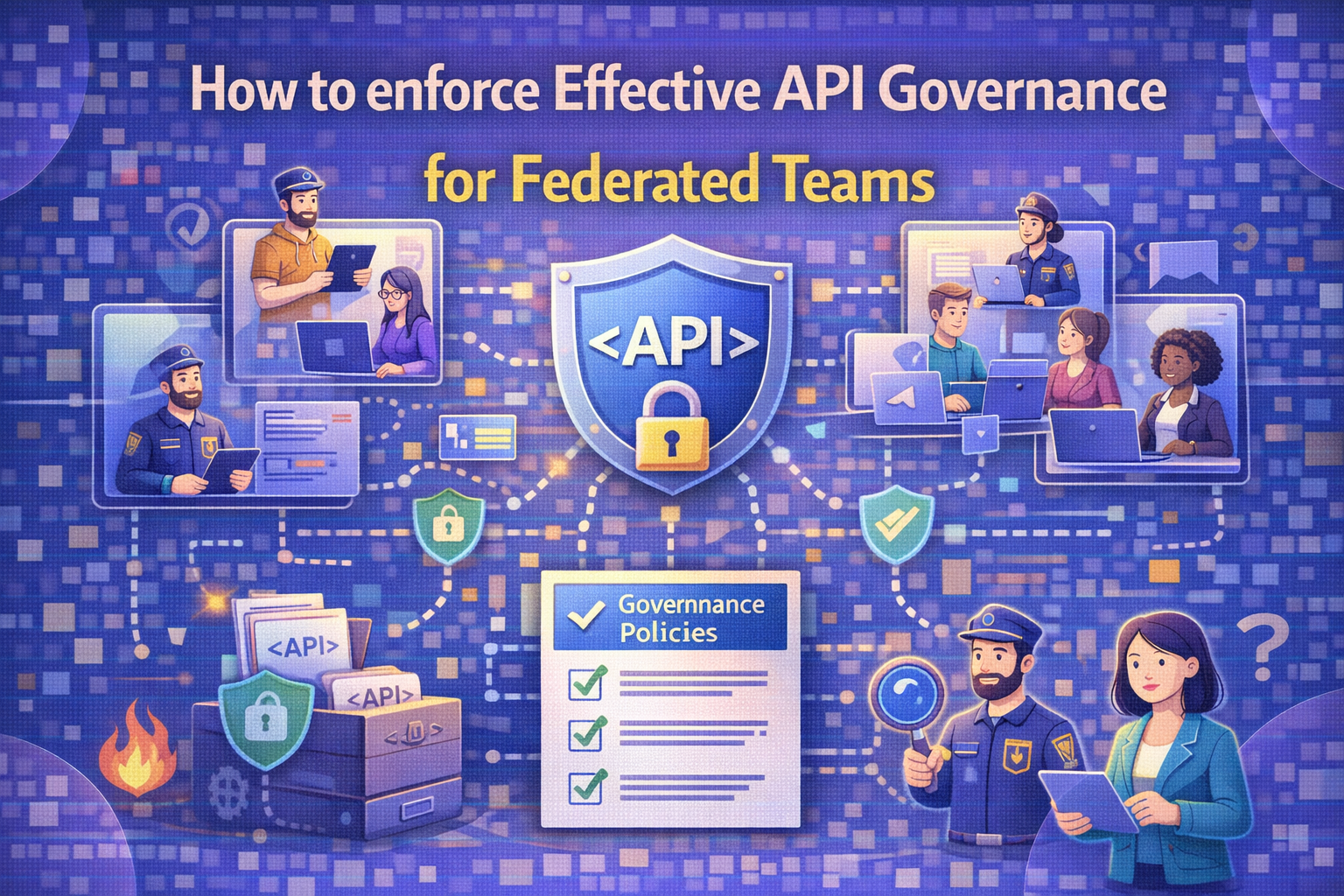
Open banking APIs let banks securely share customer-approved financial data with third-party apps. They power modern digital banking experiences while keeping consent and security at the core.
Common open banking API examples include instant credit checks, A2A payments, automated accounting, fraud monitoring, and personal finance apps. These showcase how banks and fintechs use APIs to reduce friction and speed up workflows.
Choosing the right open banking API provider depends on security, compliance, uptime, developer experience, and alignment with global frameworks like UK Open Banking, Berlin Group, and FDX.
Book a demo
As a result, fintech services expanded at record speed in several years. The international fintech market will hit $1.5 trillion in yearly revenue by 2030. It wouldn't be achievable at this scale without standardized, dependable API infrastructure behind it.
For banks and developers, APIs are now essential, not optional. They reduce friction, improve integration, and meet evolving compliance demands at scale.
This article explains what open banking APIs are, how they work, and why companies adopt them.
What is the open banking API?
An Open banking API is a secure interface that allows third-party applications to access financial data. It enables banks to share customer-approved account information with external services in a structured format.
These APIs connect banking systems with digital platforms used in daily business operations. Depending on the use case, they can support:
- Payment Automation Tools
- Business Lending Integrations
- Fraud Detection Services
- Embedded Banking Products
- Real-time Accounting Systems
This isn’t just about smoother payments or faster approvals. It’s about giving businesses the freedom to build financial workflows that work for them. Instead of switching between disconnected systems, everything runs in sync, securely, and with less manual effort.
Why the open banking API matters for banks & fintechs
Open banking APIs let licensed providers access user-approved financial data under strict technical conditions. The process depends on user consent, secure architecture, and consistent protocols across every financial institution.
Here’s how this system works from the first login to real-time application and data handling:
1. Standardisation
Open banking APIs operate under shared technical specifications and regulatory guidelines. This standardisation includes request formats, authentication flows, rate limits, and error responses. It allows developers to build one integration that works across multiple banking systems reliably.
That consistency lowers engineering effort, reduces integration errors, and accelerates product launches. For teams managing scale, this shared baseline makes cross-bank interoperability operationally sustainable.
2. Authorisation and authentication
Access begins with the customer logging in through their bank, not the third-party service. They select specific data types to share and approve time-limited access through OAuth.
OAuth creates session-based tokens tied to only the data types and durations the user approved. No passwords are stored, and every request stays within clearly defined access scopes. This structure ensures users stay in control without exposing sensitive credentials at any point.
3. Data retrieval
Once approved, the API fetches live data from the bank’s systems over encrypted connections. Only the data within the agreed scope is retrieved and nothing more. Common data includes account identifiers, balances, recent transactions, and identity checks.
Banks enforce these scopes tightly, and every call is logged for auditing and compliance. That structure avoids misuse, simplifies oversight, and ensures a clean data trail every time.
4. Data usage
The data then powers specific features across banking, payments, lending, and finance platforms.
You’ll find it in:
- Cash flow tools that read categorised spend in real time
- Credit checks that verify recent income before approval
- Merchant systems route payments to optimise cost
- Accounting software pulling clean transaction logs instantly
- Fraud systems match device and location data on login
5. Security measures
Security is enforced throughout every interaction, not just at the endpoints. All data transfers are encrypted. Access tokens expire and are logged with every call. Banks and providers must follow secure coding standards and support audit-ready compliance. Real-time monitoring helps revoke access instantly when a breach or anomaly is detected.

Open Banking API Examples: Real-World Use Cases
In digital finance, friction often appears where platforms depend on outdated or disconnected data. Open banking APIs reduce that friction by enabling real-time access to verified financial information.
Here are five practical use cases showing how:
1. Bank-connected accounting software
Many businesses still rely on outdated methods to keep accounts updated. Exporting transaction statements and uploading them manually remains common across small finance teams. With open banking APIs, platforms connect directly to authorised accounts through a secure integration. Approved data flows automatically, making reconciliations more reliable and far less time-consuming.
2. Faster credit evaluation for lending platforms
Legacy credit checks often exclude applicants who don’t meet traditional scoring models. By integrating open banking, lenders access live account data with user permission. They evaluate spending behaviour, income trends, and balances in real time. It allows better decision-making, especially for borrowers with thin or evolving credit profiles.
3. Simplified mortgage pre-qualification
Mortgage platforms often request lengthy financial documents before processing an application. When connected through open banking, applicants can share verified income and transaction data instantly. It reduces back-and-forth and lowers drop-off from those unable to submit documents on time. It also helps lenders confirm key details faster and more reliably.
4. Live monitoring for fraud detection
Security teams benefit from behavioural signals that reflect current user activity. Open banking APIs support this by enabling real-time checks during high-risk events. Inconsistent patterns, such as unknown devices or abnormal spending, can trigger immediate action. That helps platforms catch fraud before exposure widens or funds are moved.
5. Direct payments without third-party processors
Platforms looking to control payment flow use open banking to initiate bank-to-bank transfers. Once authorised, the transaction executes within the connected system securely and transparently. It reduces reliance on card networks and lowers payment processing costs significantly.
Why is the open banking API important?
For decades, banks treated customer data as something to protect by locking it away. That worked when people did everything through a single institution. But today, users manage money across platforms, apps, and services. Open banking APIs finally give banks a way to meet that reality without compromising trust or control.
Here’s why that shift matters, both for institutions and everyone they serve.
1. Enables faster product development
Without APIs, financial products often take months to build or integrate. Open access to core systems makes development cycles faster, cleaner, and more scalable. Teams don’t have to replicate infrastructure. They can connect to what’s already trusted and tested. That is why fintech startups can move quickly while banks remain competitive.
2. Connects experiences end-to-end
People expect consistency between the tools they use, especially when money is involved. Open banking allows those tools to speak the same language using live financial data. That is how a budgeting app pulls real-time balances or a lender checks income instantly. The more connected the experience, the less users have to think about it.
3. Reaches underserved markets
Not every user fits into traditional banking boxes. Freelancers, microbusinesses, and gig workers often struggle to access useful financial services. Through APIs, banks can work with platforms already tailored to those needs. That expands access without requiring new infrastructure or dedicated product lines.
4. Cut manual overhead
Too much banking still relies on paperwork and internal coordination. APIs automate parts of the process, like verifying identity, pulling account history, or triggering payments. The result is speed, accuracy, and consistency. Staff spend less time fixing errors and more time solving real problems.
5. Opens up revenue models
When APIs are treated as business tools instead of background systems, they generate value. Banks can offer usage-based access to data, payments, or verification layers. This model does not rely on interest or physical expansion. It treats infrastructure as something others can build on for a price.
6. Improves everyday decision making
With APIs, decisions are not based on outdated or incomplete information. Whether it is credit scoring or fraud detection, data flows in real time. That helps institutions respond to what is happening instead of what has already passed. Good data leads to faster action, fewer mistakes, and stronger user confidence.
Curious how open banking is evolving? Dive into our latest insights and predictions in Open Banking in 2025: Key Trends, Use Cases & What’s Next
Core components of the open banking API
Open banking APIs rely on more than just endpoints and developer access. And behind every secure connection is a coordinated system of infrastructure, permissions, and governance. Each part works together to enable safe, efficient, and compliant data exchange across financial institutions and third-party providers.
Here’s a look at the foundational components:
1. API management platform
The API management platform handles how APIs are delivered, secured, and maintained.
- API Gateway: This is the entry point for every API request. It manages traffic flow, validates tokens, and filters requests for security and efficiency.
- Operations Management: Over time, APIs must evolve without disrupting services. Version control, monitoring, and policy enforcement all fall under this operational layer.
- Consumption Management: Third-party developers need clear access to documentation, testing environments, and authentication tools. A consumption layer handles onboarding and ongoing developer support.
- Service Mesh: Within a banking system, multiple services often interact behind the scenes. A service mesh allows APIs to connect internally while maintaining observability and control across services.
2. Consent management platform
Consent isn’t just a feature in Open Banking; it’s the foundation. It ensures customers control when and how their data is shared.
- Consent Collection: The system captures each user’s permission with clarity, like what data is shared, with whom, and for how long. This step ensures transparency before anything leaves the bank’s servers.
- Consent Tracking: It’s not enough to collect consent once. The platform keeps a real-time record, so users can revoke access or adjust preferences at any time.
- Data Processing
Only approved data flows through the system. This layer enforces limits automatically and makes sure no extra or unauthorised data is exposed or used.
3. Security infrastructure
Open banking relies on a stable, secure foundation. Every connection, transaction, and API request must meet the highest level of protection.
- Strong Authentication: Each session begins with secure identity verification. Protocols like OAuth 2.0 and OpenID Connect check both the user and the third-party provider.
- Data Encryption: All data is encrypted while moving and while stored. TLS handles transmission security. AES protects what sits in systems, databases, or cloud storage.
- Rate Limiting: APIs set firm boundaries on traffic volume. Rate limits prevent excessive or suspicious calls from harming system performance or availability.
- API Versioning: Banks need to update APIs without breaking existing tools. Versioning helps preserve functionality across older connections while introducing better security controls.
- Security Audits and Compliance: Testing doesn’t stop after launch. Ongoing audits surface vulnerabilities and help meet standards like PSD2 and GDPR.
Concerned about compliance or data integrity? Explore best practices in our detailed guide on Open Banking Security
4. Functional APIs
Functional APIs enable real-time services that third-party platforms depend on. They provide controlled access to user data, payment systems, and product-level information.
- Data APIs: These APIs fetch account details like balances and transaction history. They help applications deliver real-time insights without storing customer data.
- Payment Initiation APIs: With consent, these APIs allow payments to be triggered directly from the user’s account. They simplify transactions across services like billing, transfers, and checkouts.
- Product APIs: These expose current details about loans, cards, and deposit products. Apps use them to display live rates, terms, and other essential banking information.
Global Open Banking API Standards & Frameworks
Standard frameworks are the backbone of open banking. They make sure banks, fintechs, and regulators speak the same technical and legal language. Without them, even the best APIs would break at the point of integration or trust.
Here are the most recognised open banking API frameworks used globally:
UK open banking standard
This was the first major framework to go live, and the one that set global expectations. Created by the UK’s Competition and Markets Authority (CMA), it laid out strict rules for secure data access. It tells banks how to expose data and defines how third-party providers must request consent and authenticate users.
The approach is highly prescriptive, focusing heavily on user experience, consent handling, and technical precision. Most UK banks and licensed fintechs are required to follow this standard in full.
Berlin group (Europe)
While the UK went narrow and deep, the Berlin Group took a broader view. Its “NextGenPSD2” framework supports account data access, payments, and fund confirmations. The group avoided defining the user interface layer, giving banks and developers more design freedom.
That flexibility helped it gain traction across multiple European countries under the PSD2 directive. Even large banks with legacy systems found it easier to adapt without sacrificing control.
Consumer data right (Australia)
Australia’s approach connects open banking to a larger idea: full consumer data ownership. Its Consumer Data Right (CDR) covers how banks collect, share, and protect customer information.
The Data Standards Body oversees technical implementation, including API specs and consent protocols. This framework also extends beyond banking, influencing how industries like energy and telecom handle consumer data.
FDX API (United States)
In the U.S., industry leaders created the Financial Data Exchange (FDX) without waiting for regulation. It sets a voluntary standard that uses secure, token-based methods to share user-approved data.
Banks, fintechs, and aggregators now adopt FDX to move away from outdated screen scraping. The framework supports scale, improves compatibility, and keeps users in control.
How to choose the right API and integrator
Choosing the right API and integration partner influences product stability, delivery time, and long-term adaptability. It impacts technical teams, compliance workflows, and overall business performance.
Here are the core factors to consider while making that decision:
1. Return on investment
Assess the impact on time-to-market, operational workload, and internal development costs. Strong APIs reduce engineering hours by offering well-documented, ready-to-deploy endpoints. Ask what measurable improvements the provider delivers in speed, efficiency, and delivery cost.
2. Ownership and maintenance costs
Initial pricing tells only part of the story. Review long-term costs tied to maintenance, upgrades, scaling, and developer onboarding. A capable provider should support infrastructure compatibility and minimise toolchain sprawl.
3. Scalability and flexibility
Ensure the solution can handle growth without disruption. Ask how the system performs across geographies, multiple environments, and different volume classes. The right provider should show examples of handling concurrent load without redesigning the system.
4. Operational reliability
Look for clear uptime guarantees, resolution timelines, and support quality. Ask about average response times, escalation protocols, and transparency during incidents. Reliable partners support stability without creating service bottlenecks.
5. Developer enablement
Good documentation reduces internal handoffs and development cycles. Check if their APIs offer consistent patterns, authentication samples, and sandbox availability. A complete onboarding package often signals stronger internal discipline.
6. Security and compliance alignment
Confirm the provider supports regional frameworks like PSD2, CDR, or GDPR. Ask how they handle user revocation, scope limitation, and audit logs. They should offer data governance alignment without manual intervention from your end.
Integrate your APIs for banking effectively with DigitalAPI
APIs shape how banks build, scale, and deliver digital financial services. A well-structured integration allows teams to move faster without compromising performance, compliance, or user experience. That’s where a consistent, governed approach to API delivery becomes a business advantage.
When banking systems grow, integration challenges usually follow. Teams often work across disconnected platforms, manage scattered documentation, or duplicate efforts during onboarding. To solve this, integration must support change while keeping things stable across teams and timelines.
DigitalAPI helps financial institutions simplify and control the full open banking API lifecycle. From developer onboarding to consent tracking, they offer the tools to unify every part of the process.
Learn how DigitalAPI helps modern teams streamline banking integration.
Frequently asked questions
1. What does an Open Banking API mean?
An Open Banking API refers to a secure way for authorised third parties to access customer-approved financial data. It is the process of linking banking systems with everyday digital tools so businesses can automate payments, speed up lending checks, improve fraud detection, and manage accounting in real time. This helps teams work faster with fewer manual steps
2. How are Open Banking APIs regulated globally?
Regions follow different rules: Europe (PSD2), UK (Open Banking UK), Australia (CDR), India (Account Aggregators). Each sets standards for security, consent, and data access.
3. . What is the difference between API Banking and Open Banking?
API Banking refers to banks exposing services to partners through APIs. Open Banking is broader: it mandates banks to share customer data (with consent) to third parties, enabling more innovation.
4. What challenges exist in implementing Open Banking APIs?
Banks face technical integration issues, regulatory compliance costs, inconsistent standards across regions, and the need to build trust with consumers.
5. Are Open Banking APIs safe to use?
Yes, security is built into the framework. APIs rely on encryption, tokenisation, and strict regulations like PSD2 in Europe or RBI’s Account Aggregator model in India to ensure safe data sharing.
You’ve spent years battling your API problem. Give us 60 minutes to show you the solution.
.svg)

%20(1).png)




